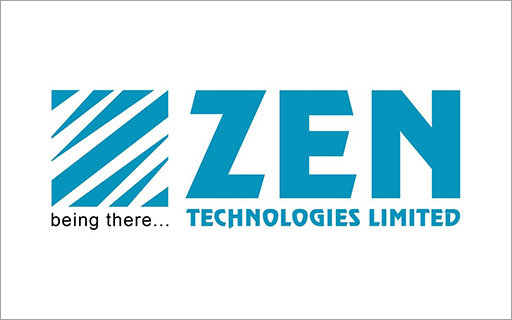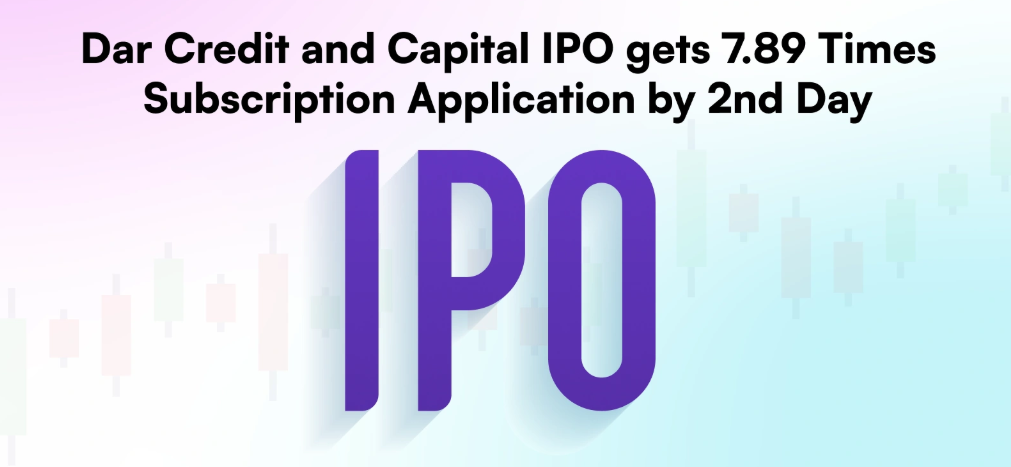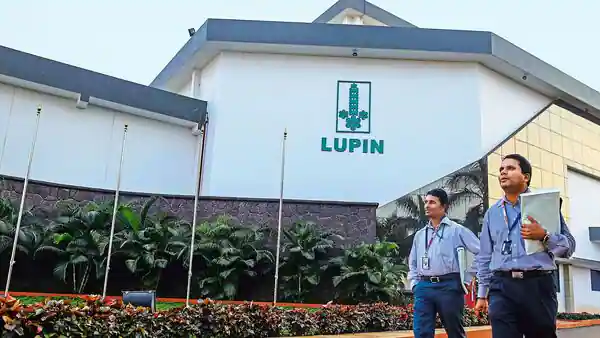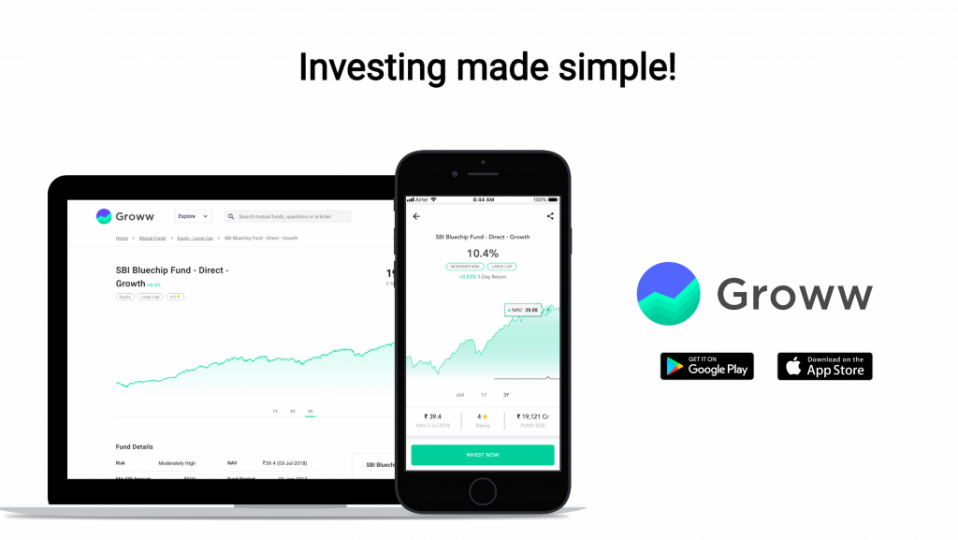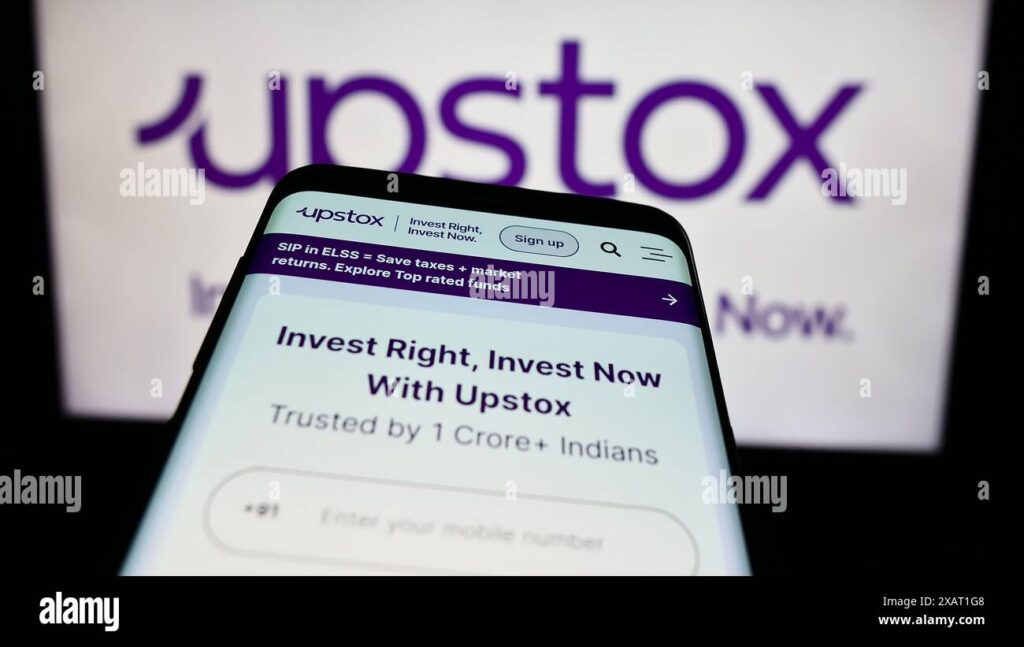In a significant development for India’s financial sector, Jio BlackRock Asset Management, a joint venture between Jio Financial Services Limited (JFSL) and global investment firm BlackRock, has secured approval from the Securities and Exchange Board of India (SEBI) to commence mutual fund operations.

Technological Edge: The Aladdin Advantage
A major talking point of this JV is Aladdin — BlackRock’s proprietary platform used by the biggest institutional investors globally for:
- Risk analysis
- Portfolio optimization
- Predictive analytics
Bringing this to Indian retail investors means better research, more transparency, and potentially smarter fund performance.
Leadership and Vision :
Sid Swaminathan, formerly the head of International Index Equity at BlackRock, has been appointed as the Managing Director and CEO of Jio BlackRock Asset Management. Under his leadership, the venture plans to leverage BlackRock’s renowned Aladdin platform—a comprehensive investment and risk management system—to deliver data-driven investment solutions.
Market Implications :
The entry of Jio BlackRock into the mutual fund space is expected to intensify competition among the existing 44 asset management companies in India, which collectively manage assets worth approximately ₹69.5 trillion (around $813.8 billion).
What’s Next? Key Expectations from Jio-BlackRock in 2025 :
Here are five things investors and competitors should look out for:
- Fund Launch Timeline: First products expected in Q3–Q4 of 2025
- Likely Fund Types:
- Liquid funds for conservative investors
- Index and ETF products for cost-conscious users
- SIP-based retirement and tax-saving funds (ELSS)
- Exclusive Offers: Jio may offer zero-commission investments to onboard users quickly.
- Integrated App Launch: Likely integration within MyJio app, with standalone mutual fund features.
- Cross-Selling: Jio could cross-sell mutual funds alongside telecom, Jio Mart, and even insurance services.
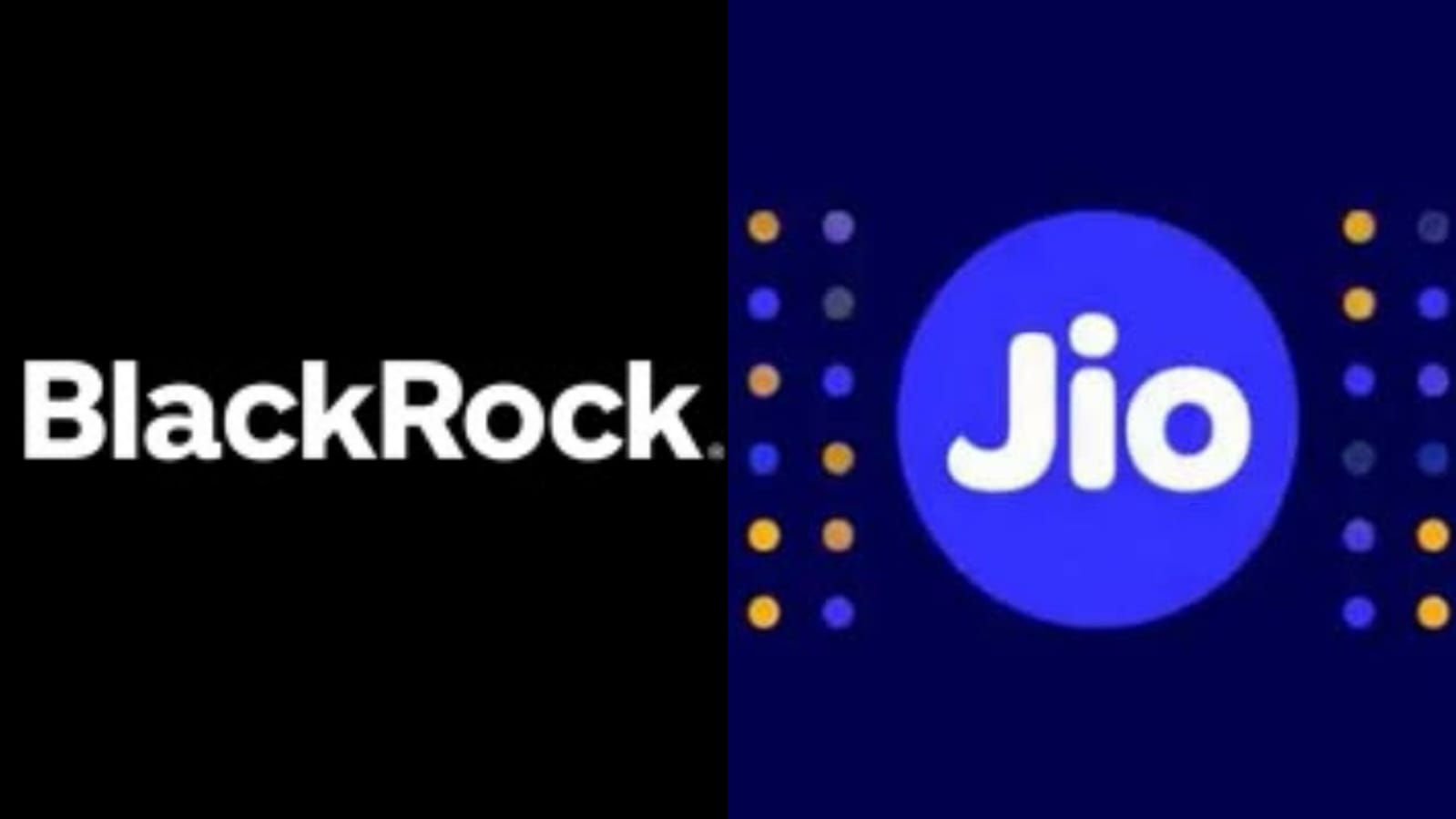
What Can Investors Expect Next?
Likely Product Launches in H2 2025:
- Liquid funds and ultra-short-term funds
- Index-based and ETF products for low-cost investing
- Retirement-oriented funds and SIP-focused tools
Who Should Watch Out:
- First-time investors
- Tier-2 and Tier-3 city investors with Jio access
- Young investors looking for transparent and tech-enabled options
What Jio-BlackRock can change:
| Parameter | Status Quo | Post Jio-BlackRock Entry |
|---|---|---|
| Distribution | Agents & apps like Zerodha, Paytm | Jio’s telecom and digital stack |
| Investor Onboarding | KYC bottlenecks | Instant eKYC via Aadhaar/Jio |
| Fund Pricing | 1-1.5% average expense ratio | Possibly under 0.5% (if ETF/index) |
| Investor Demographics | Tier 1 & 2 focus | Tier 3 & rural expansion |
The Road Ahead: What to Expect Over 12–18 Months
| Phase | Expected Milestones |
|---|---|
| 📅 Q3 2025 | First set of fund launches (likely passive/index funds) |
| 📅 Q4 2025 | MyJio app integration and SIP rewards rollouts |
| 📅 Q1 2026 | Launch of thematic, hybrid, and retirement funds |
| 📅 H2 2026 | Possible international ETFs, tax-saving ELSS funds |

Conclusion: Should You Watch Out for Jio-BlackRock?
Jio-BlackRock’s arrival is not just news — it’s a signal that India’s mutual fund industry is evolving fast. With its digital strength, capital backing, and global investment tools, this JV could democratize investing like never before.
For investors, this means:
- More choice
- Lower costs
- Easier access
- Smarter tools
If you’re looking to start your SIP journey or diversify your portfolio, keeping an eye on their upcoming NFOs (New Fund Offers) is a smart move.




